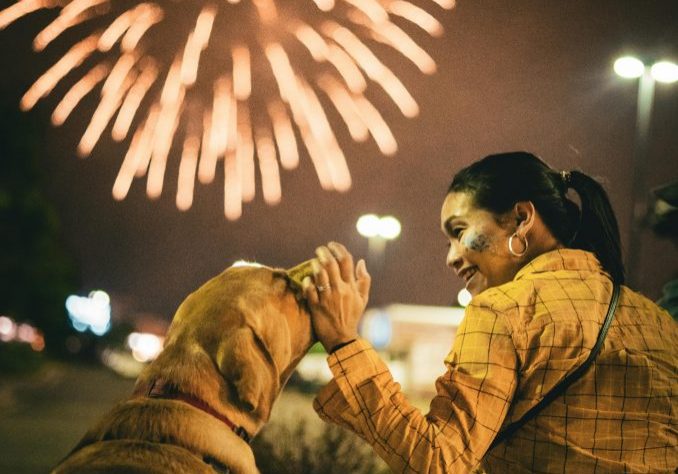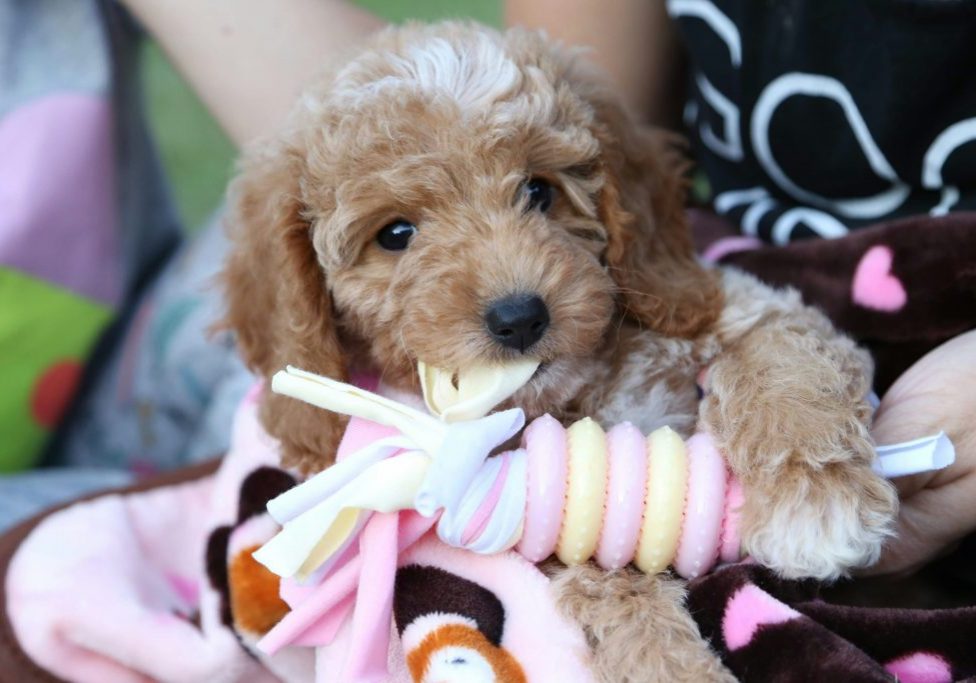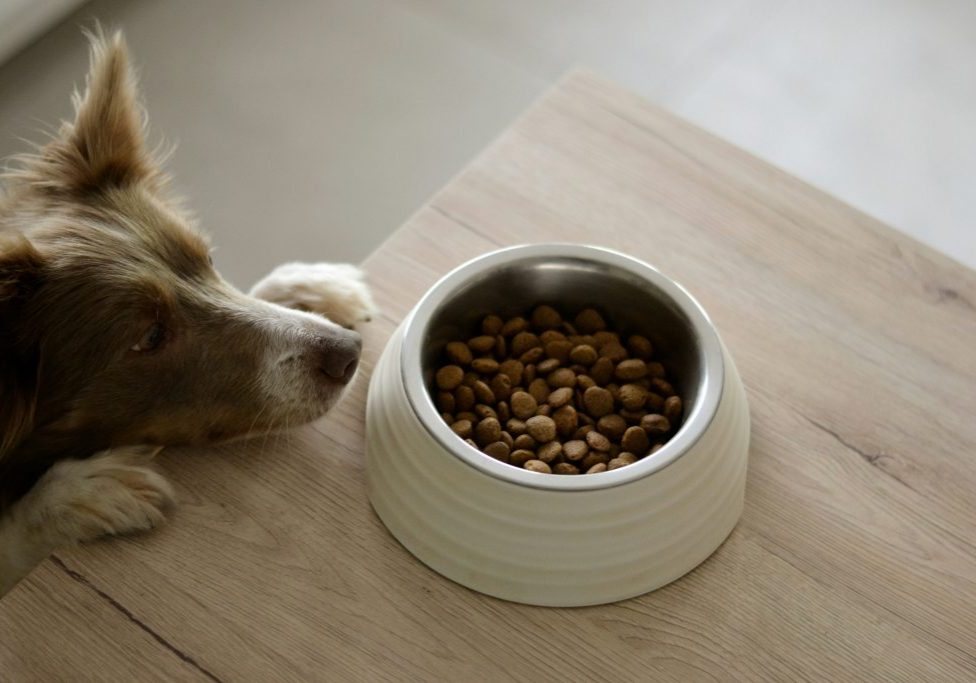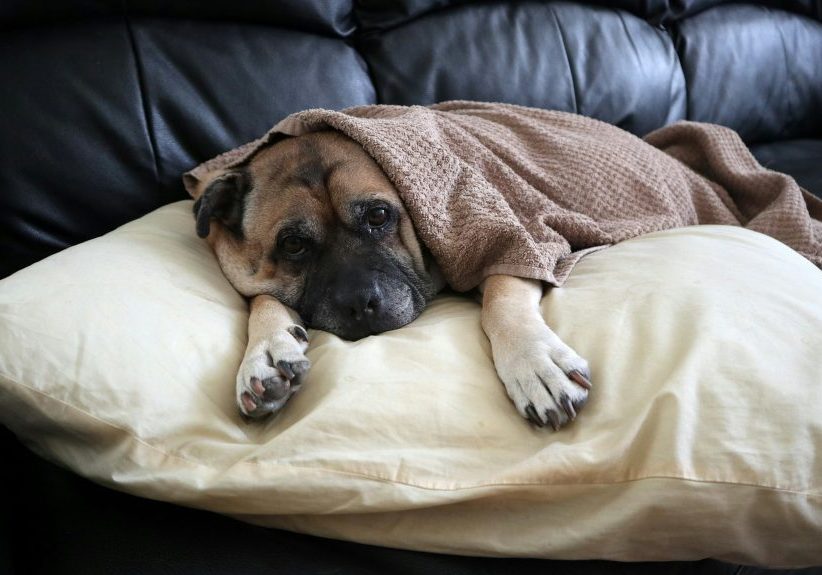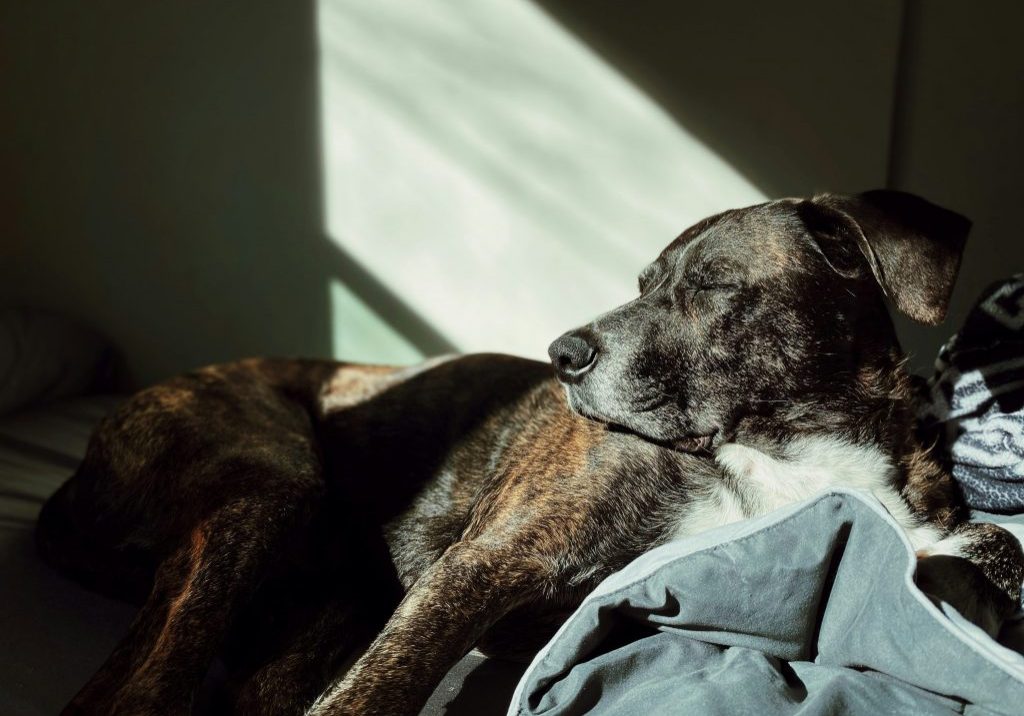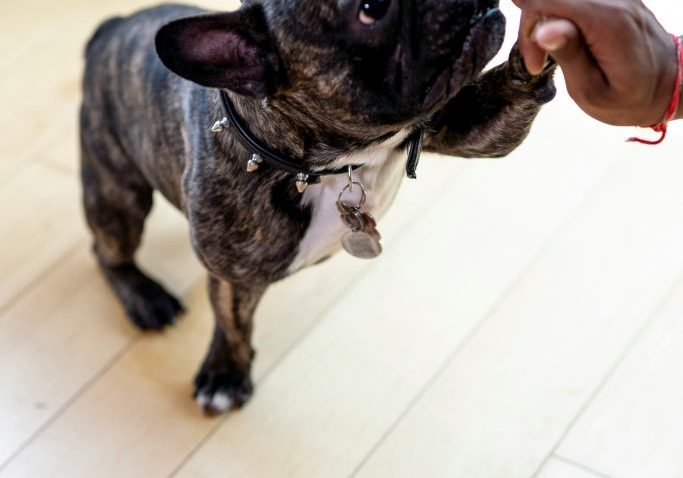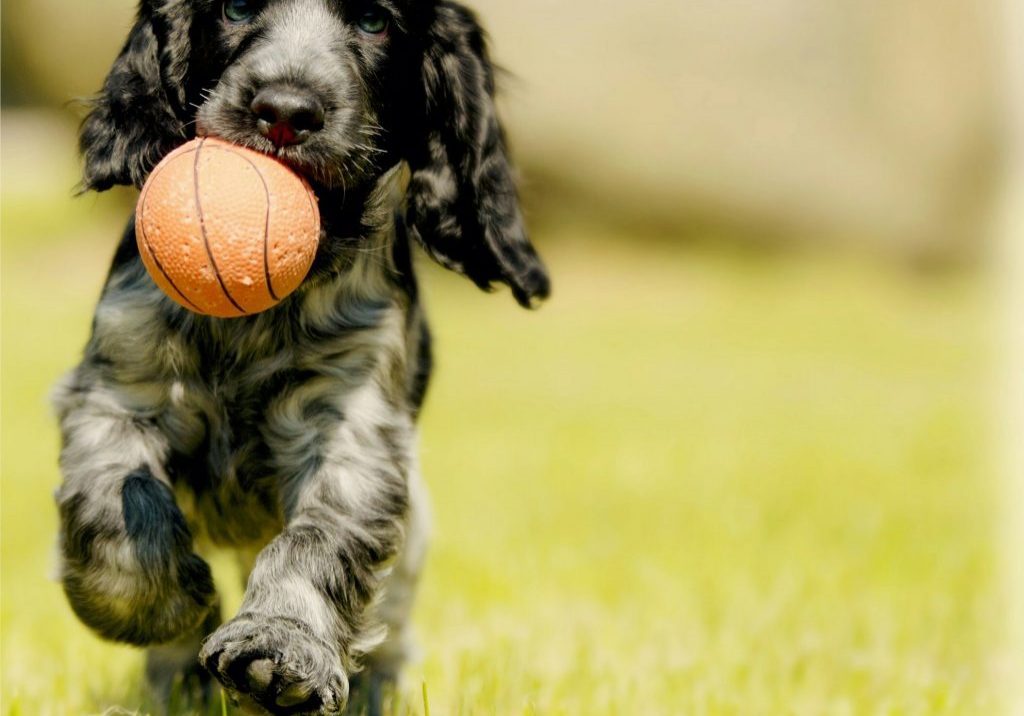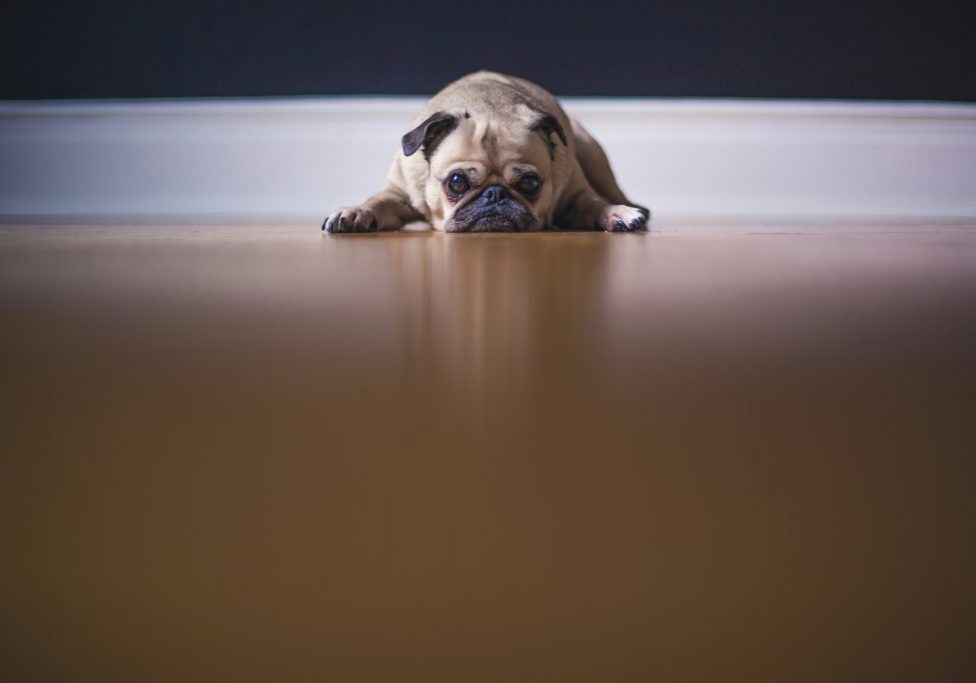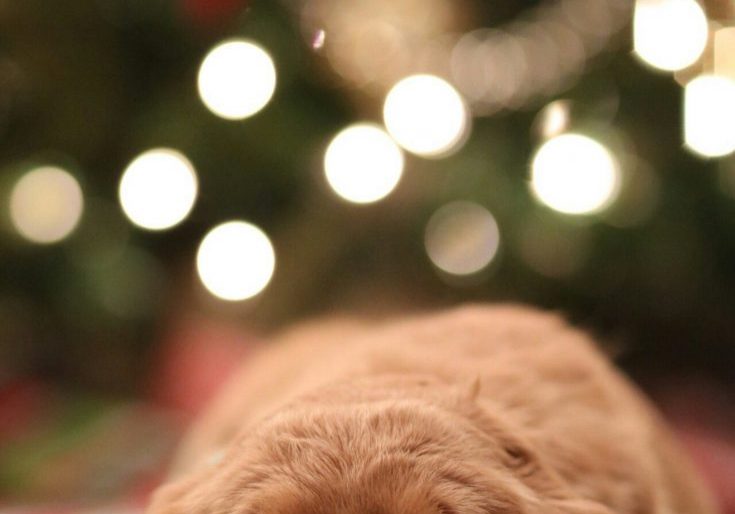Everything You Need To Know About Puppy Training Classes

hwllo-sniffer.co.uk/everything-you-need-to-know-about-puppy-training-classes
December 5, 2024
Sniffer_Admin
When your adorable whirlwind of fur starts chewing on your favourite shoes or jumping up on guests, it might be time to consider puppy training classes. These classes are a fantastic way to teach your pup important skills while also strengthening the bond you share. But how do you know if they’re right for your dog, and what should you expect? Let’s break it down.
What Are Puppy Training Classes?
Puppy training classes are structured sessions led by a professional trainer that help puppies (and their owners!) learn the basics of good behaviour. They usually cover commands like sit, stay, and come, but they’re much more than just obedience lessons.
These classes are also about socialisation—giving your puppy the chance to interact with other dogs and people in a controlled, safe environment. Plus, they provide you with tools and tips to handle those typical puppy challenges like biting, barking, and leash pulling.
Why Should You Enrol Your Puppy?
It’s easy to think you can teach your puppy everything they need to know at home, and in some cases, you can. But training classes offer benefits that are hard to replicate on your own.
- Professional Guidance
Trainers are experienced in handling all sorts of puppy behaviours. They can show you techniques tailored to your dog’s personality and needs, which makes a world of difference when tackling stubborn habits. - Socialisation Opportunities
Exposing your puppy to other dogs and people during their critical developmental period helps them grow into a confident, well-adjusted adult dog. Puppy classes are a safe way to do this without overwhelming them. - Consistency in Training
Let’s be honest: it’s easy to get lazy about training at home. Classes hold you accountable and ensure you’re practising regularly, which speeds up your puppy’s progress. - Building Your Bond
Training isn’t just about teaching your dog commands—it’s about communication. Working together on tasks helps your puppy trust you, which lays the foundation for a strong, loving relationship.
When Should You Start?
The sooner, the better! Most puppy training classes accept puppies as young as 8 weeks old, provided they’ve had their first vaccinations.
Why so young? Puppies go through a socialisation window between 3 and 14 weeks of age, during which they’re especially open to new experiences. Starting training early helps you make the most of this crucial period.
That said, it’s never too late to start. If your puppy is past that window, they can still benefit from training classes—it just might take a bit more patience.
What Will Your Puppy Learn?
Every training class is a little different, but most cover these essential areas:
- Basic Commands: Sit, stay, down, come, and leave it. These are the building blocks of good behaviour.
- Walking on a Lead: Teaching your puppy not to pull on the lead can save you a lot of frustration during walks.
- House Training Tips: Many trainers offer advice on potty training if you’re still working on it.
- Social Manners: Classes teach your puppy how to greet other dogs and people politely, reducing the risk of fear or aggression later on.
- Handling Exercises: Getting your puppy used to being touched (like having their paws handled or ears checked) is invaluable for future vet visits and grooming sessions.
What Should You Look for in a Class?
Not all puppy training classes are created equal. Here’s how to choose one that suits you and your pup:
- Trainer Qualifications: Look for a trainer with professional credentials or memberships in organisations like the IMDT (Institute of Modern Dog Trainers) or APDT (Association of Pet Dog Trainers).
- Positive Reinforcement Methods: Avoid trainers who use punishment or intimidation. Positive reinforcement—rewarding good behaviour—is the most effective and humane approach.
- Small Class Sizes: Fewer puppies mean more individual attention from the trainer and less chaos.
- Safe Environment: The training space should be clean, secure, and puppy-proofed.
- Flexible Schedule: Make sure the class times fit into your routine so you can attend consistently.
How to Prepare for Class
Before the first session, check if there’s anything you need to bring. Common items include:
- A well-fitting collar or harness and lead
- Plenty of treats for rewarding your puppy
- A toy or chew for calming breaks
- A blanket or mat for your puppy to rest on
- Proof of vaccinations (some classes require this for safety)
Make sure your puppy has had a little exercise before class but isn’t overtired. A quick walk or play session can help burn off extra energy so they’re ready to focus.
What About You?
Training classes aren’t just for puppies—they’re for owners, too. Be ready to learn alongside your dog, as the trainer will teach you how to communicate effectively and reinforce good behaviour at home.
It’s also important to be patient. Puppies are like toddlers: they have short attention spans and a knack for testing limits. Stick with it, and you’ll see progress over time.
What Happens After Class?
Training doesn’t stop when the class ends. To see results, you’ll need to practise what you’ve learned at home. Keep sessions short and positive—five to ten minutes is usually enough—and focus on consistency.
Over time, you can build on the basics, teaching more advanced commands and refining your puppy’s manners. And if you enjoyed the experience, many trainers offer follow-up courses or one-on-one sessions to keep your pup’s skills sharp.
Final Thoughts
Puppy training classes are one of the best investments you can make in your dog’s future. They’re not just about teaching commands—they’re about setting your puppy up for a lifetime of good behaviour and happy interactions.
So, grab a bag of treats, book that first class, and get ready to learn as much as your puppy. Who knows? You might even make a few new friends along the way.
